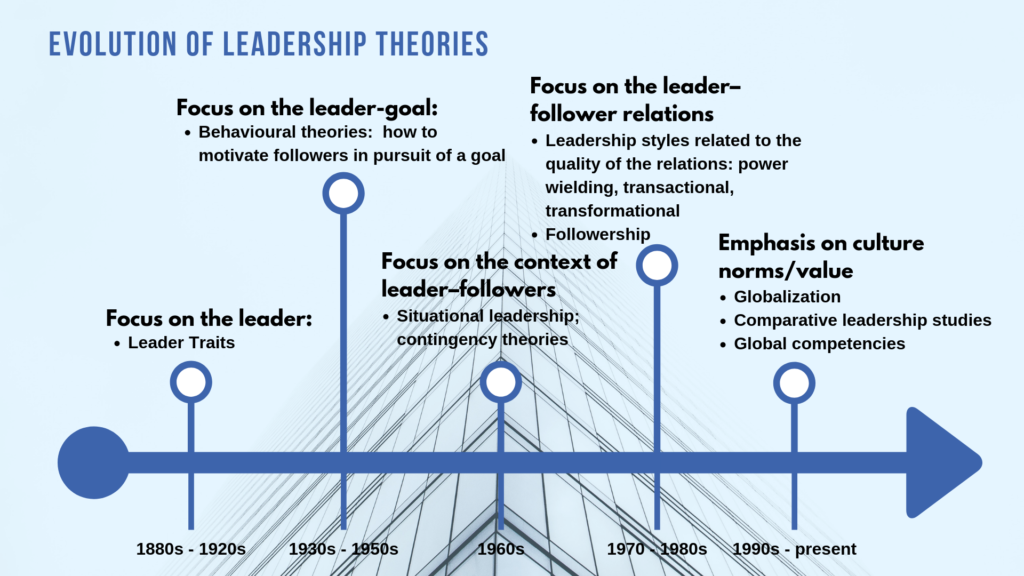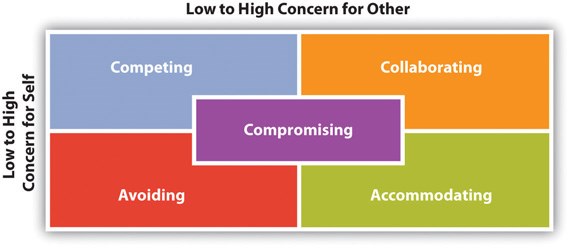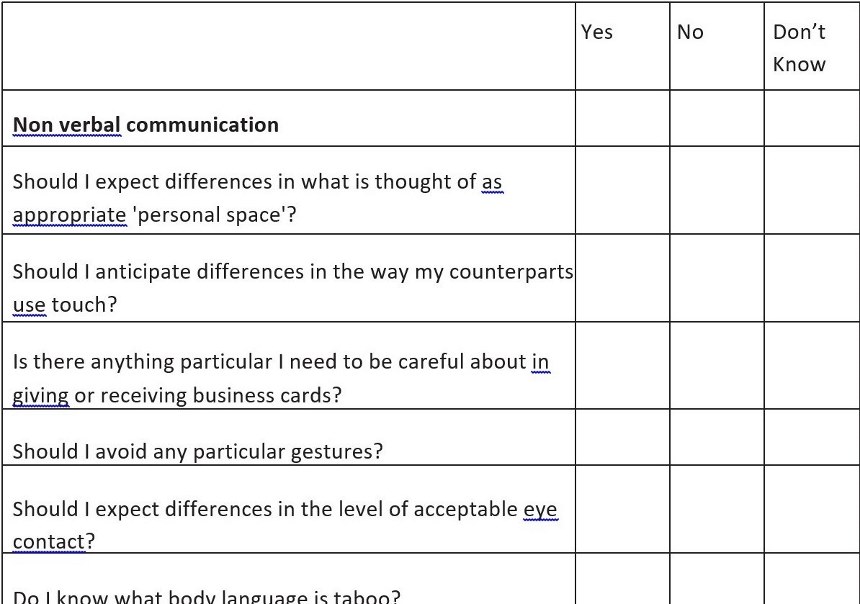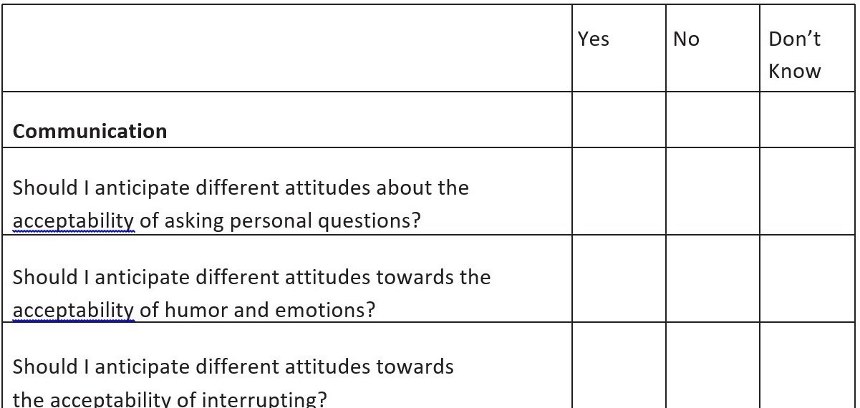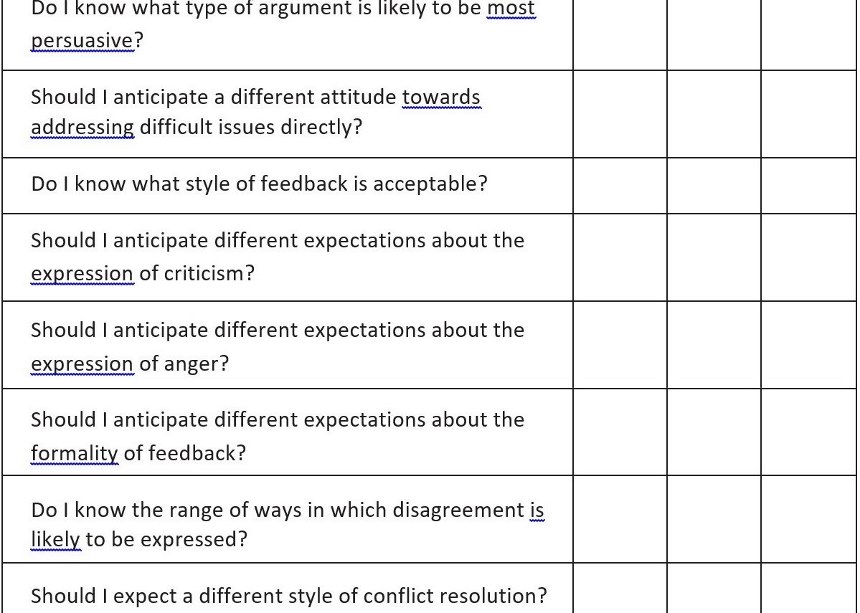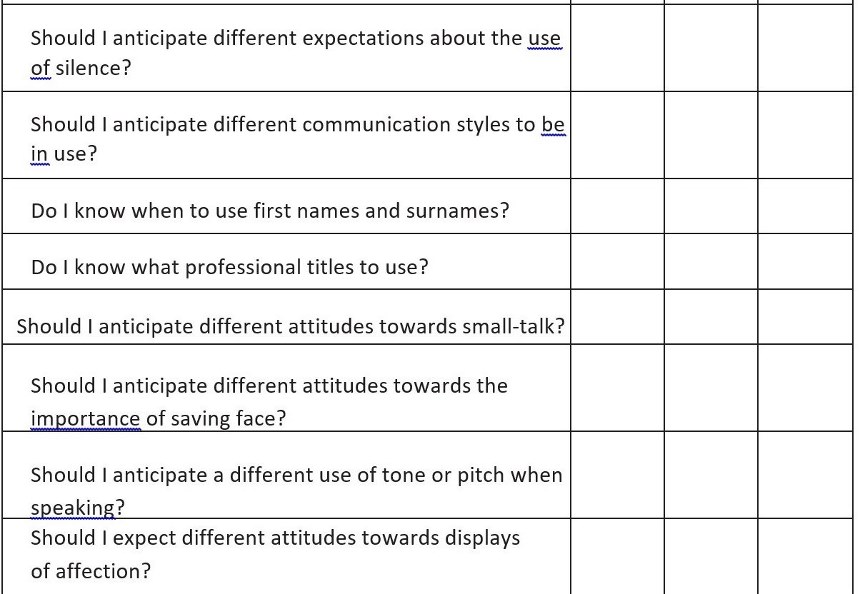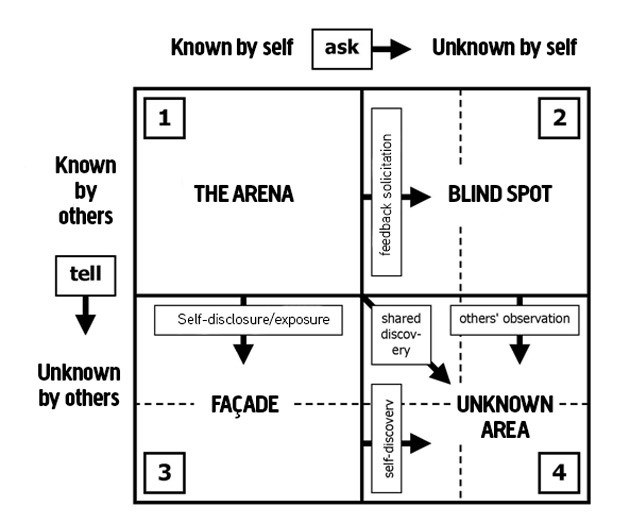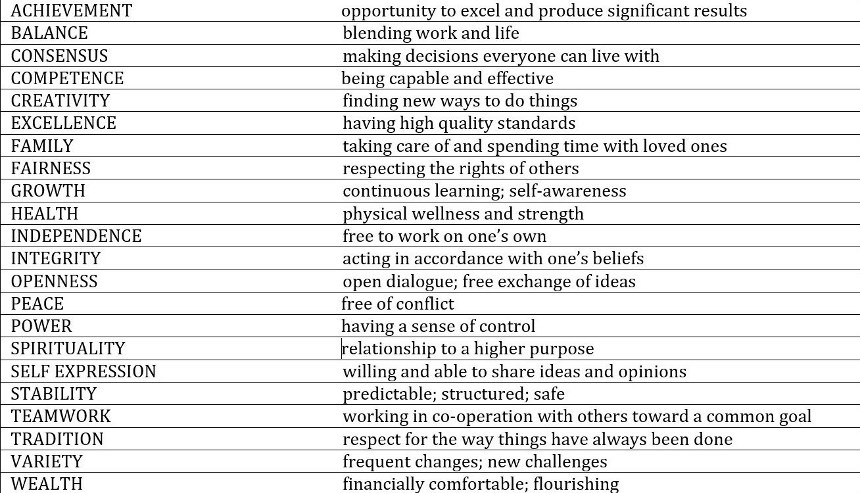This section deals with successful verbal communication in English. Successful communication is a combination of both verbal and non-verbal communication. That is why you should also visit another section called Mindful interpersonal non-verbal communication.
See the online study guide to find out how you really benefit from the study material.
Table of Contents
- High context and low context cultures
- Politeness
- Humour
- Informal and formal address
- Other features of verbal communication
- The fastest growing language in the world today: emojis
High context and low context cultures
Knowing the difference between high and low context cultures may help you to manage intercultural communication situations. What seems to be ok for you might not be ok at all for someone else.
Here is a rough classification of the two concepts:
High context cultures require a ‘high’ amount of information about the context as well. You need background information and nonverbal clues to understand the message.
Low context cultures require very little interpretation since communication is direct and clear.
To find out more about high context cultures, go ahead and see the importance of nonverbal communication features such as tone, gestures and facial expressions here EBOOK / CANVA / MINDFUL INTERCULTURAL NONVERBAL COMMUNICATION
Where does your culture go in terms of high and low context? Place your nationality on the line to demonstrate where your culture stands in relation to high and low communication cultures.


















Politeness
The concept of face is important in expressing politeness. Face is the public self-image that we try to protect.
You can use certain politeness strategies to save the listener’s positive face if face-threatening acts cannot be avoided. Practical tips on how to do this are the following:
use of conditional and passive forms as well as using a negative or pessimistic formulation.
See examples here EBOOK / CANVA
Politeness can also be expressed with the choice of conversation topics. Topics that relate to politics, religion, race and sex, for example, may lead to situations where you risk losing face.
Think about examples of conversation topics that may lead to tricky and uncomfortable situations (losing face) in your culture.
Humour
Humour can melt the ice, speed up processes and create a nice and relaxed atmosphere.
Jokes usually don’t translate well because they are often based on either puns (play on words) or national themes and traditions. The world getting smaller, and people becoming more international, business encounters are becoming more relaxed and humour can be used as ice breaker.
The definition of what is funny varies in different cultures. There are topics you can easily joke about and there are topics you should avoid.
Can you come up with a joke typical of your country/culture? It may be a joke you’ve heard over and over again since you were a child. What is it about? The topic of the joke reveals some values of the culture.
Informal and formal address
Culture defines the choice between informal and formal address. In some cultures and languages formal address is used between people who don’t know each other well or who come from different social or professional ranks. However, in some other cultures informal address is used in similar situations. All in all, spoken communication worldwide seems to be welcoming informal spoken communication rather than formal communication.
Here are five features typical of the Finnish communication style. Look at each feature and compare it to your own culture. Do you communicate in the same way in your culture? If not, then what is different in your culture? Make a list of the five corresponding features in your culture.
- Finns introduce themselves by saying first names first, followed by surnames.
- Finns avoid unnecessary small talk and place great value on words.
- Finnish small talk is quite brief and after that, they go straight to the point.
- It is not polite to interrupt others.
- It is an advantage to be up-to-date with topical issues, the weather for example
Other features of verbal communication
The following is a list of features that are important in all communication, spoken or written. Please see the EBOOK or CANVA for more information about them.
- clarity,
- pronunciation,
- sentence structure,
- choice of words,
- slang,
- idioms,
- dialects,
- acronyms
The fastest growing language in the world today: emojis
Did you know?
The first emojis were created in Japan in 1999.
The term ’emoji’ appeared in Oxford dictionary in 2015.
You are online right now – according to an estimate 90 % of the online population in the world use emojis!
They are used to replace or accompany certain elements in texts, but also to create the whole message with emojis (actually with no text).
What do you think is the most used emoji in the USA?
You were right, it is the face with tears of joy rolling down the cheeks!
—————–
Bear in mind, these factors influence on how you read & understand emojis:
- Different people interpret emojis differently
- Different platforms make the images look different
- Different cultures interpret the images differently
And as many already know, different mobile phones display images differently
When did you first start using emojis? Which image was it? What is the emoji you use the most?
What is the most used emoji in your culture? What is the most used emoji in your age group?
Find out more:
Brown, P. & Levinson, S. C. (1987). Politeness: Some universals in language usage. Cambridge: Cambridge University Press.
Carston, R. (2002). Thoughts and utterances: The pragmatics of explicit communication. Malden MA: Blackwell Publishing.
Lewis, R. D. (1999). When cultures collide: Managing successfully across cultures. London: Nicholas Brealey Publishing.
Meyer, E. (2014). The culture map: Decoding how people think, lead, and get things done across cultures. New York: Public Affairs.
Neese, B. (2016, August 17). Intercultural communication: High- and low-context cultures. [blog].
Retrieved from https://www.daytranslations.com/blog/2018/02/how-emojis-are-perceived-differently-by- different-cultures-10690




